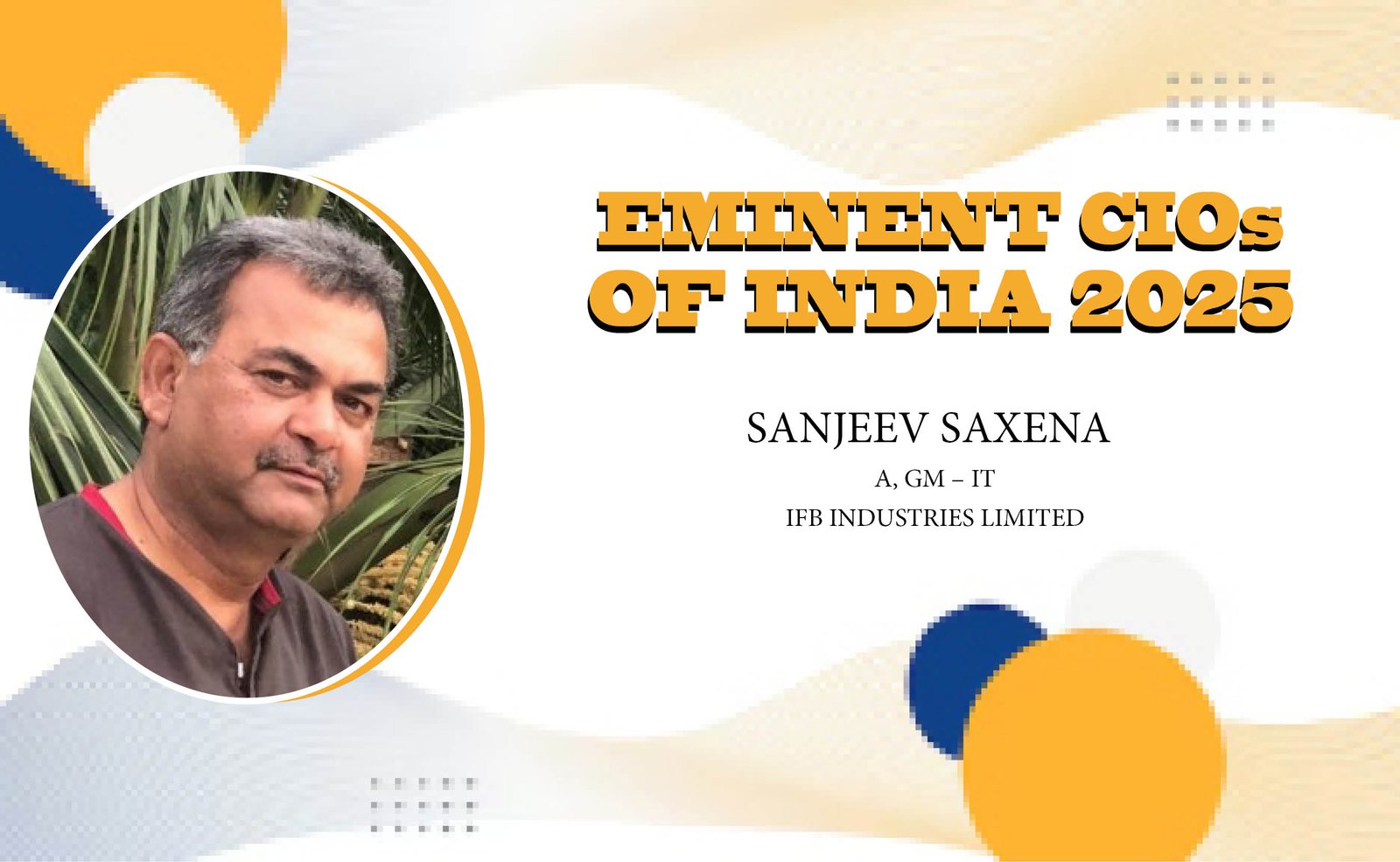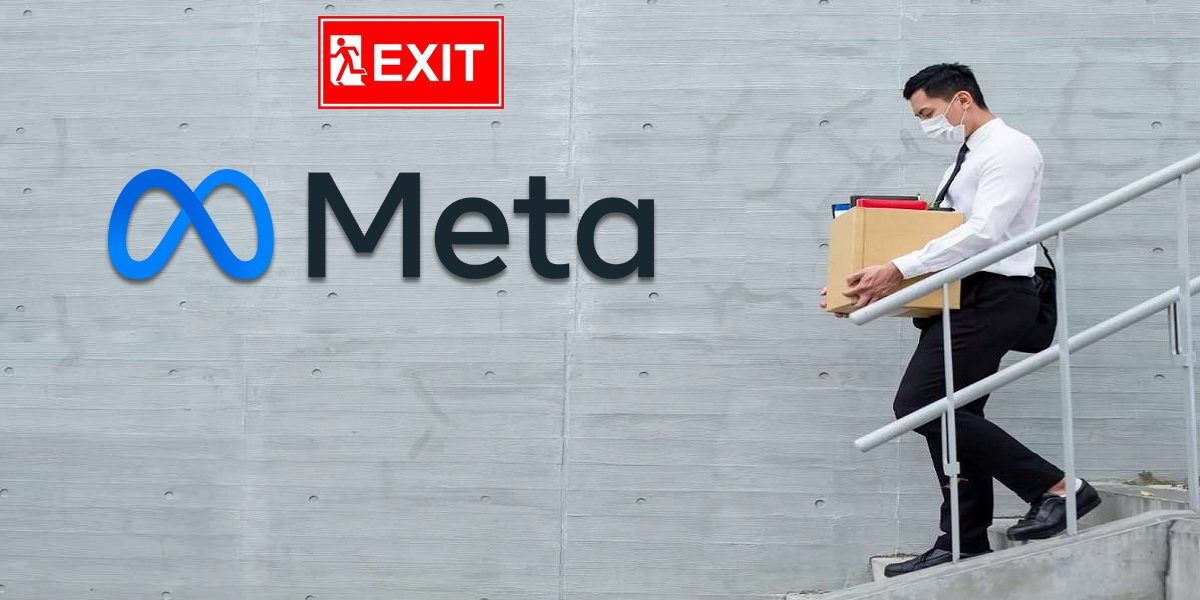Sanjeev Saxena, GM – IT, IFB Industries Limited
Smart Tech
In 2025, enterprises are embracing advanced technologies to enhance efficiency, foster innovation, and promote sustainability. AI-driven analytics are optimizing decisions, while edge computing ensures real-time data processing with minimal latency. The rise of the metaverse is reshaping collaboration and customer engagement through immersive experiences. These technologies are not only transforming business operations but also enabling agile data management and stronger cybersecurity. A growing emphasis on sustainability integrates green practices across operations, ensuring long-term resilience and competitive edge in the digital economy.
The all-new role of CIOs
The role of the CIO has evolved beyond traditional IT oversight. Today’s CIO is a strategic leader, aligning technology with business goals and championing digital transformation. They drive innovation, facilitate data-driven decision-making, and implement enterprise-wide cybersecurity frameworks. Building partnerships with tech leaders, CIOs stay ahead of trends, ensuring the organization remains resilient and future-ready. They are no longer just tech experts—but business enablers accelerating growth and securing digital transformation.
Building a Security-First Culture
Security is a collective responsibility embedded into daily operations. Enterprises are adopting a proactive security culture through comprehensive training, gamified learning, and mandatory onboarding sessions. Regular drills, phishing simulations, and incident response exercises reinforce awareness. With cross-functional collaboration and leadership backing, organizations continuously enhance their security posture. Feedback loops, audits, and dynamic updates ensure resilience against evolving threats—empowering every team member to protect data and systems.
Strategic Leadership Across Tech Roles
◆ CIOs, CTOs, CISOs, and DPOs are taking on strategic leadership roles.
◆ CIOs drive transformation by aligning IT with business strategy.
◆ CTOs lead innovation by advancing AI, cloud, and IoT solutions.
◆ CISOs move from reactive defense to proactive risk mitigation using AI and Zero Trust models.
◆ DPOs evolve into data governance leaders, managing privacy risks and regulatory compliance.
Together, they form a cohesive force steering innovation, digital resilience, and business success. But, to prevent conflicts of interest, best practices recommend keeping the DPO role independent—especially crucial in smaller firms where multiple roles may overlap. Independence safeguards accountability in data protection strategies.






